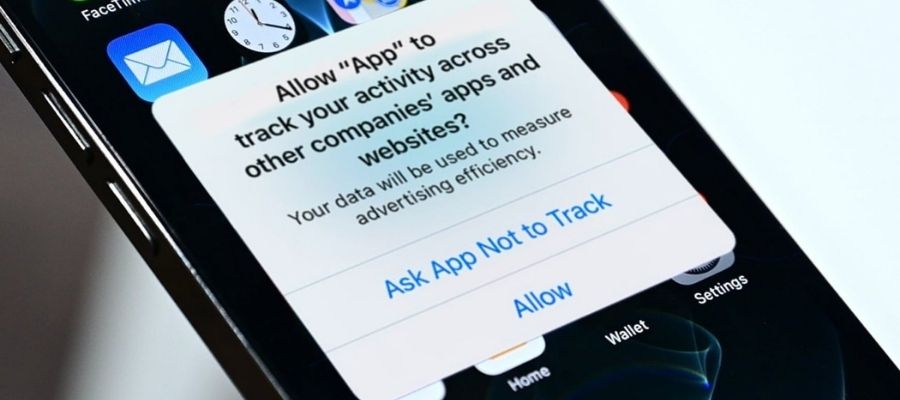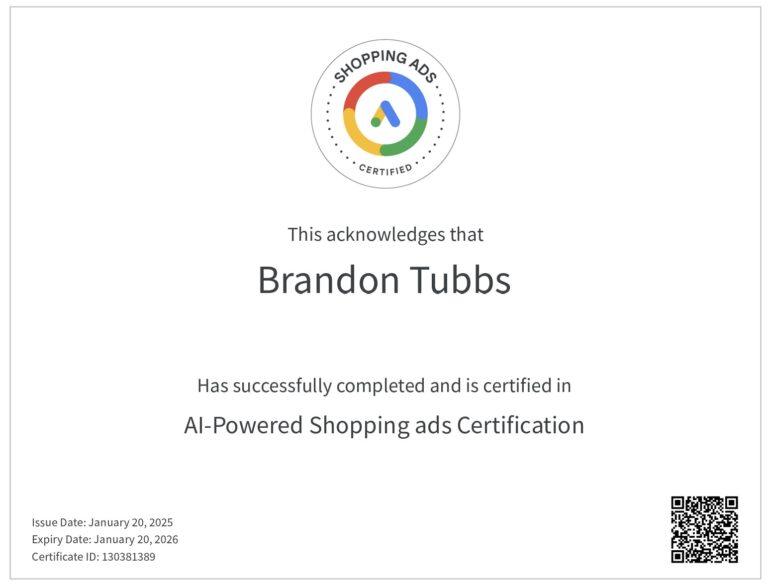How Changes in iOS App Tracking Affects Marketers and Safeguards Consumer Privacy

When Apple announced plans to release its iOS 14.5 update, widespread panic spread among digital marketers. The upgrade implemented App Tracking Transparency (ATT). This gives users the option to opt-in or out of allowing other apps to “track” their phone usage, including digital behavioral patterns. So essentially, if users opt-in, advertisers can track where they shop and what they shop for, the games they play, sports and hobbies they read about, and more. If users opt-out, advertisers lose these data points, potentially limiting access to addressable audiences (people they can show ads to), diminishing reach and opportunities for engagement.
App Tracking Declines
Technically, ATT alone doesn’t make any seismic changes to how iOS handles app tracking. Users have always had the choice to opt-out of IDFA (identifier for advertisers)-based tracking. IDFA enables advertisers to precisely target and track users within apps on iOS devices. But iOS 14.5 triggers a response that puts the update front and center. If a user selects the “allow” button, then their activity is tracked just as before. If a user selects “ask app not to track,” then the developer cannot track users using their data in that app or sell the data to other companies. Essentially their window into the users’ activity closes, and blackout shades pull tight!
The timing of this update couldn’t be worse for marketers. Mobile phone usage soared during the pandemic, and along with it, mobile app spending. Mobile habits formed during the pandemic “are here to stay,” according to Lexi Sydow, App Annie’s Head of Marketing Insights. Apple users are some of the most coveted among marketers. But slow opt-in rates can derail mobile advertising currently benefiting from an active app real estate market.
But Apple isn’t the only tech giant putting the breaks on the consumer data free for all. Nor is it Apple’s first step in that direction. Google announced plans last year to get rid of third-party cookies which enable advertisers to follow consumers around the internet, soaking up bits and pieces of personal data to improve ad targeting. Instead, they are opting for FloCs or Federated Learning of Cohorts. FloCs cluster large groups of people with similar interests for targeting but offer no personally identifiable data. Apple’s Safari started blocking third-party cookies in 2020.
Attribution Alternatives
Where does this leave digital marketers who depend on app tracking to reach their marketing goals? Well, according to Facebook, this is a major disruption and potential risk to small businesses. They project the iOS update will make it harder and more expensive for ad networks to easily target customers. If that’s true, it can potentially hurt small businesses that depend on highly targeted but low-cost ad campaigns. Facebook has traditionally had a 28-day attribution model that is no longer available. They have shifted to a default 7-day attribution model.
That means if a user does not convert from a Facebook ad within seven days, Facebook will be unable to report it. This is a huge step backward for mobile marketers. Without accurate attribution information, the campaign becomes much less efficient, regardless of the nature of the app. Essentially, this leads to the end of the third-party cookies period, and not just on web browsers. The onus will now be on businesses to rely on their 1st party data to build targeted audiences.
However, all of these changes do not mean it’s the end of attribution in mobile marketing! Apple has a few exceptions to its new tracking rule. First, companies that own multiple apps can track users across those different apps. For example, Facebook can use the data it gathers from Instagram to target ads in its main app. Apple is also offering new, in-house tools developers can use instead. One such tool, Private Click Measurement, can report how many times a user clicked on an ad for a product within an app. Another tool, SKAdNetwork, can tell a company how many times its app was installed after an ad was seen. Though these tools can provide additional insight, according to Apple, these methods are designed to prevent companies from getting information about a specific user.
Win For Consumer Privacy
While these new restrictions present challenges for digital marketers, online privacy is increasingly important to consumers and should be respected. Bad actors have overused and misused consumer data. The iOS update is just one of several efforts to bring integrity back into the system. Nearly 47% of consumers in the U.S. have an iPhone, making this step towards data privacy significant. Consumers no longer feel powerless when engaging on their mobile devices. They can control what is and is not shared.
The truth is, lead and sales attribution has always been challenging to demonstrate clearly and comprehensively. In the past, many marketers have settled for “last touch” or “last click” attribution. In which many cases, this will not convey or credit the full customer journey back to the point of sale. With so many touchpoints in a marketing campaign, it can be difficult to truly determine the exact effort that drove conversion.
Multi-touch attribution models can assist with attribution, giving credit to the various interactions a customer may experience on the path to conversion. But they are rarely ever perfect.
However, the change in internet privacy laws isn’t going away. Instead of looking at it as a loss for digital advertising, see it as a win for consumers and an opportunity for advertisers to learn more thoughtful ways to engage consumers online, which improves the experience for everyone.


![How To Create Effective Infographics [Infographic]](https://crayonsandmarketers.com/wp-content/uploads/2019/08/INFOGRAPHICS-1-768x341.png)



